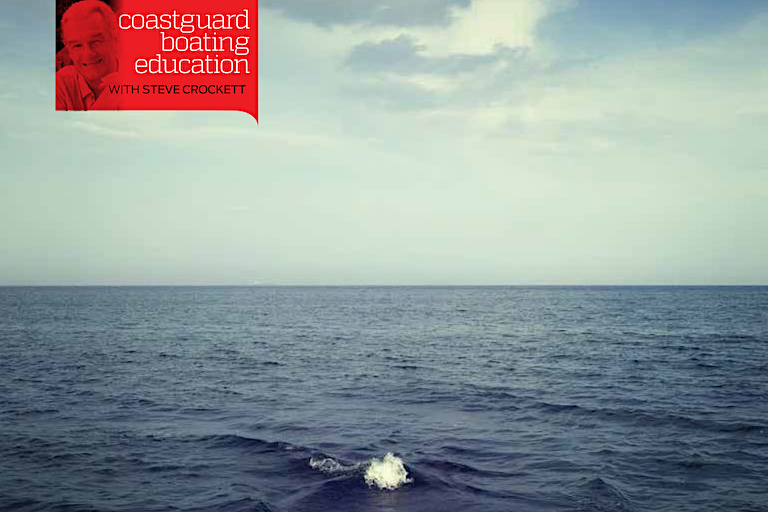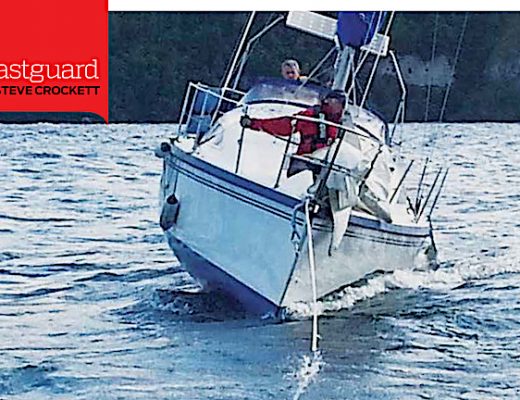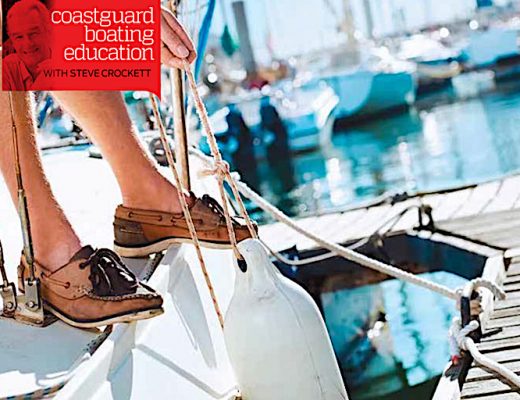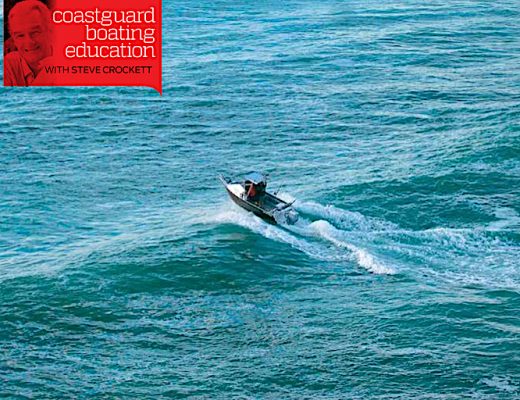KNOW THESE THREE STEPS TO SAFETY AND DON’T END UP LOST FOR GOOD
Survival in the water following a marine incident will depend upon a number of factors, the most important of which are:
- The wearing of an appropriate and properly fitted lifejacket
- The ability to inform someone of your distress incident. and
- The ability to communicate your location.
The first is really a nobrainer. Your chances of survival in the water for an extended time without the benefit of some flotation device are minimal, I don’t care how good a swimmer you think you may be and let’s face it, the general fitness level of most Kiwi recreational fishermen is unlikely to be of a world record-breaking standard! And don’t think that having the lifejacket stowed under the thwart will be of any use to you in an emergency. Have you ever tried to put on a lifejacket whilst trying to stay afloat in the water? It is incredibly difficult. The next time you go to a swimming pool take your lifejacket with you and have a go at putting it on while swimming. You’ll be surprised at how difficult it is to put it on and adjust it correctly so that you float in the correct position.
The second and third factors are the source of much frustration in Search and Rescue Organisations. In many cases the first information the Police or Coastguard will receive of an incident is a telephone call from a relative reporting that someone is overdue, and quite often the person or persons may have been missing for many hours. The person reporting the overdue vessel invariably does not have knowledge of the vessel’s destination, nor the equipment carried on board. The starting point for such a search may often be the boat ramp from which they have launched … which is not the best when hoping for a non-tragic outcome.
We want to take the “Search” part out of Search and Rescue. That’s where two vital pieces of equipment come into play; the EPIRB and the VHF DSC radio.
A good GPS-equipped EPIRB can be obtained from most NZ chandleries at prices ranging from $400-$600. Don’t buy a foreign beacon! They are programmed with a different code and if you set them off there may be a considerable delay before local rescue services are advised of your distress, if at all! Ensure you get the EPIRB with GPS capability. This will considerably reduce the time for your alert to be recognised and will also narrow down the search area from around 5km to less than l00m.
A PLB (Personal Locator Beacon) works in a similar fashion to an EPIRB, except that it is designed to operate for 24 hours only, and in many cases they do not float. Also, they usually require you to hold the antenna in a vertical position for the signal to be transmitted effectively, (which can be difficult in some sea conditions). PLB’s are often similarly priced to an EPIRB, so it’s up to your own personal choice. I happen to enjoy my life, so I carry both; an EPIRB on the oat, and a PLB on my PDF.
The second item, the VHF DSC radio is also a valuable piece of kit. Okay, you will say VHF DSC is not supported in NZ. That’s true – NZ Maritime Radio hasno VHF DSC facility. It’s not supported in Australia either, but they’ve been teaching the value of it for more than 10 years! In fact, if you wish to buy a new VHF radio for your boat you will be hard pressed to find one which is NOT DSC capable.
I have a handheld VHF DSC radio with built-in GPS and I revel in the knowledge that, if I am in distress, I can push the panic button and every VHF DSC-equipped radio within range of mine will alarm and be given my position. And their radios will automatically change to Channel 16, even if they were on another channel! Now they will all hear my next transmission, the voice mayday call!
I reckon that’s choice! Don’t you?





No Comments